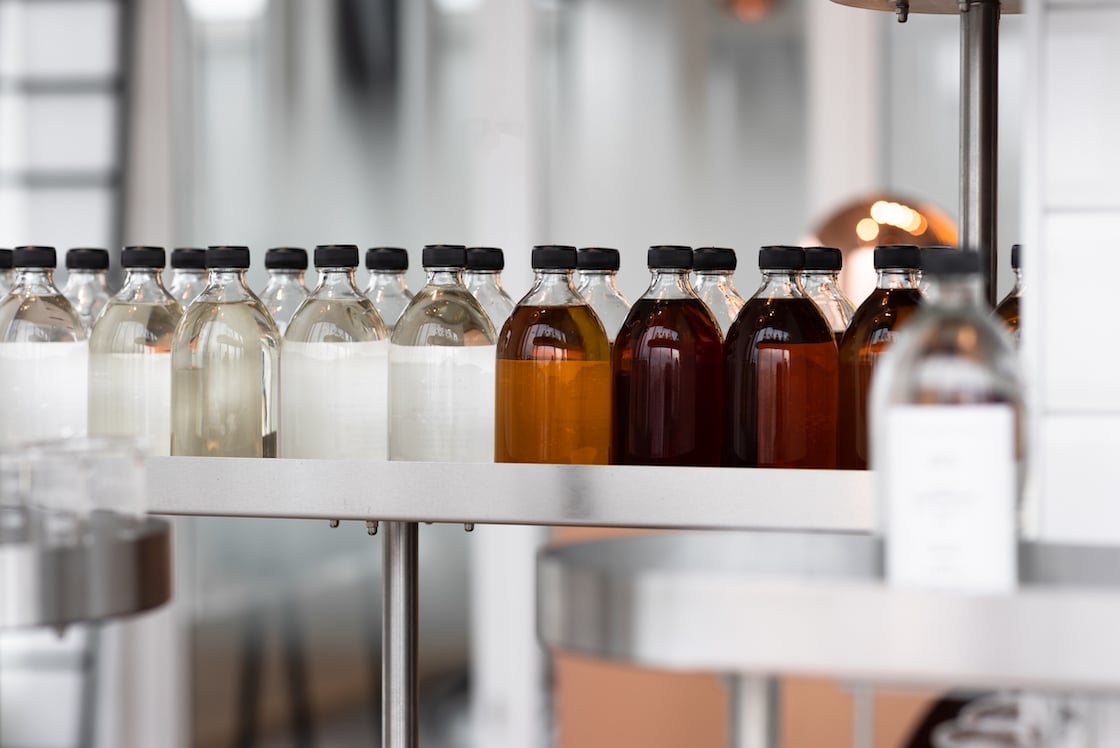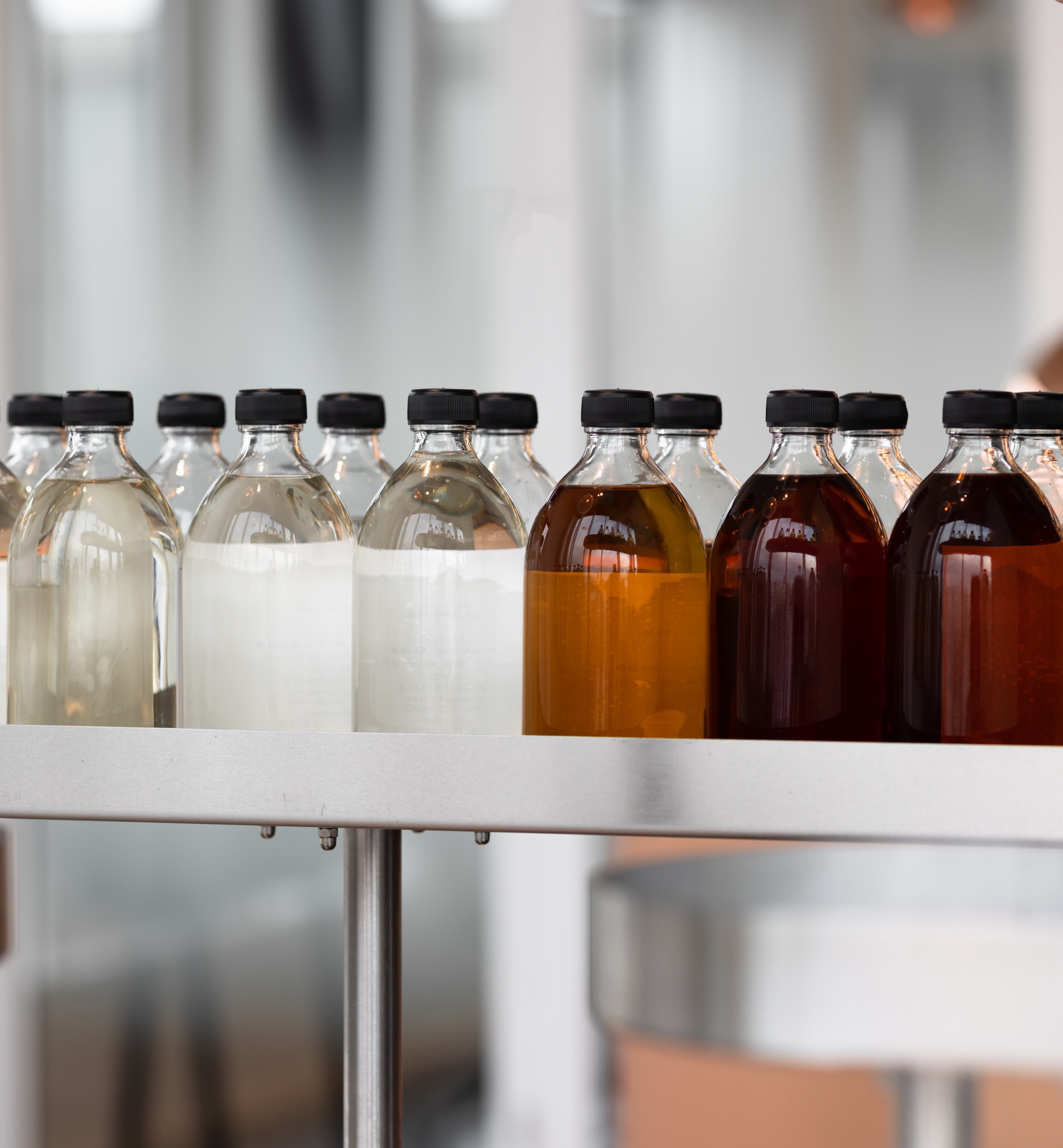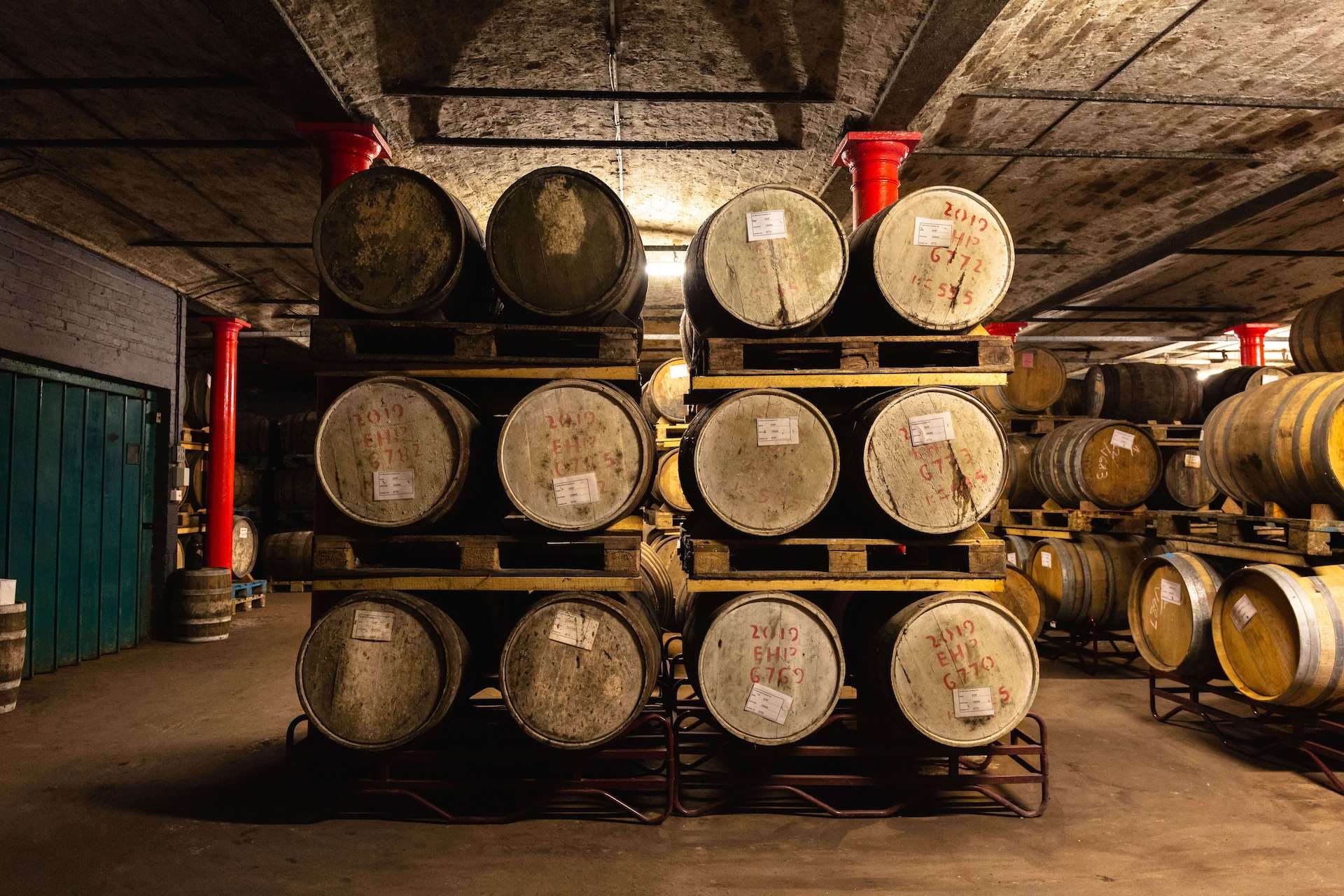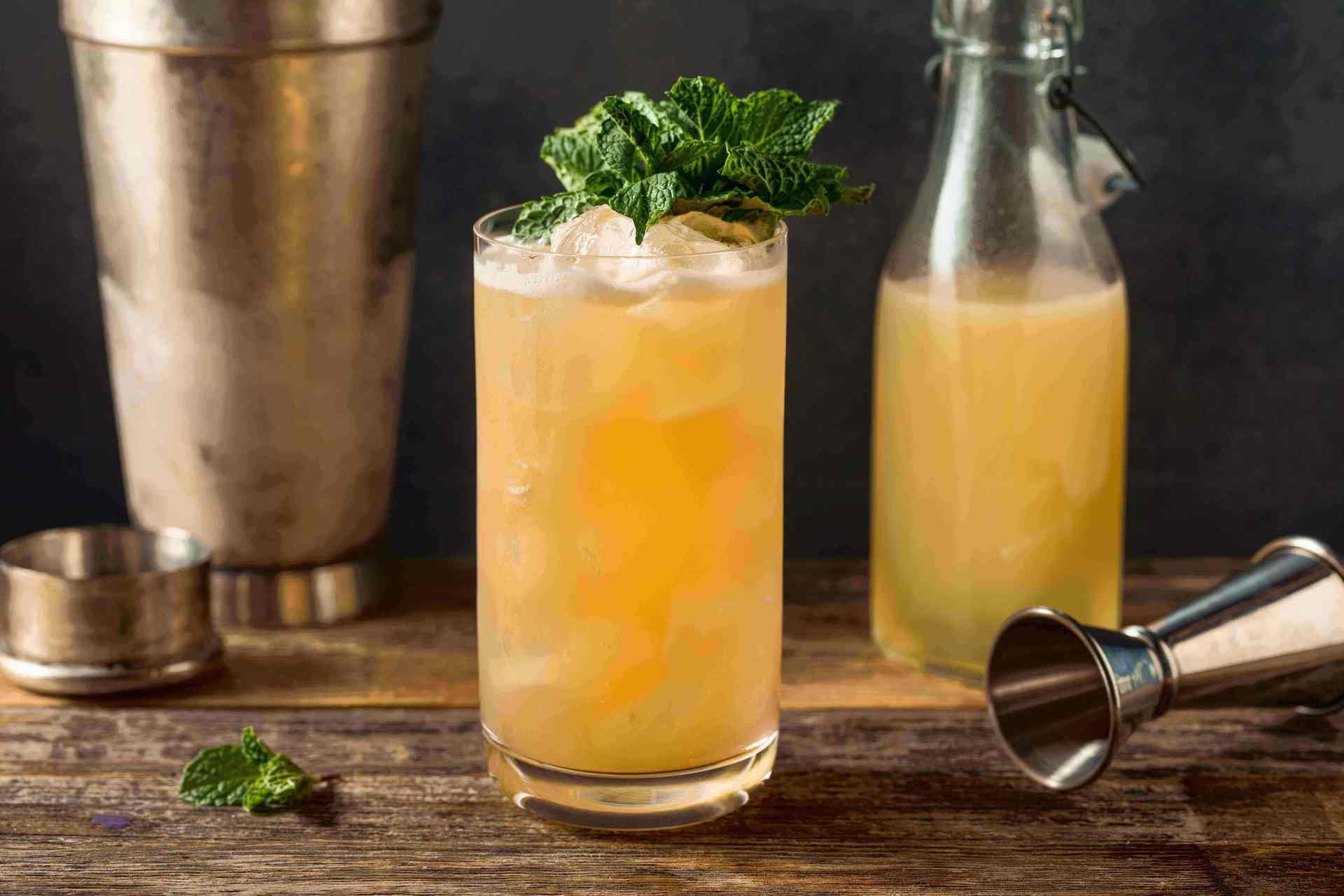White Rum
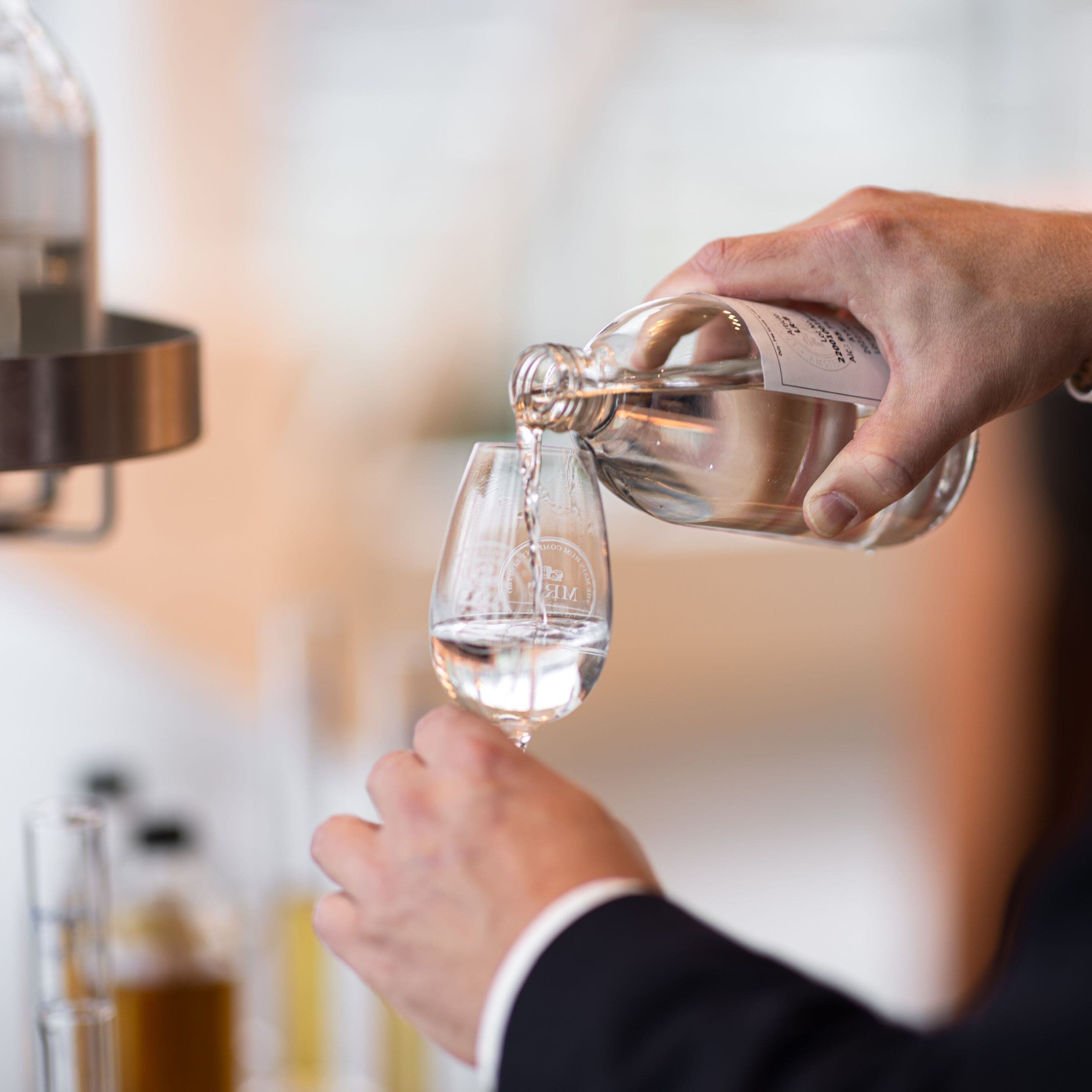
All About White Rum
White Rum is perhaps one of the most popular Rum types in the world. From its ability to elevate any cocktail to its versatility as a flavour and fragrance enhancer, white Rum is representative of Rum’s diversity in the world of spirits. In this article, we will walk you through how white Rum is made, the different types of white Rum, and their many applications.
How is white Rum made?
White Rum, often known as light Rum or silver Rum, is produced the same as how other Rums are produced. The journey of white Rum starts in tropical and subtropical regions, notably in the Caribbean or Latin America, where sugarcane is abundantly farmed. The primary ingredient for most white Rum is molasses, a byproduct of the sugar refining process. However, some varieties like Rhum Agricole or Rhum Blanc from the French Caribbean and Cachaça from Brazil are made directly from fresh sugarcane juice, offering a distinct flavour profile.
From molasses or cane juice/syrup, producers start the fermentation process. This process involves mixing the base ingredient with water and yeast. Different distillers use various yeast strains, and the fermentation period can vary significantly based on the desired characteristics of the final product. Following fermentation, the mixture undergoes distillation.
Post-distillation, white Rum can take several paths. It may be aged briefly or not at all. Some white Rums can be aged and then filtered to remove any colour picked up from the ageing process. This ensures they retain their clarity while gaining subtle flavours.
The story behind Rum
Rum, a beloved and versatile spirit, traces its origins back to the Caribbean in the 17th century. Its creation was closely linked to the sugar industry, where it was discovered as a byproduct of sugar production. When sugarcane juice was boiled to produce sugar, the leftover molasses was fermentable and could be distilled into alcohol. This new spirit quickly became popular and integrated into the triangular trade between Europe, Africa, and the Americas.
Over time, Rum production spread far beyond its Caribbean origins. Today, it is produced in many parts of the world, including Central and South America, Africa, Europe and various Pacific islands. Each region brings its own unique twist to the production process, resulting in a wide variety of flavours and styles. Many Rum styles have since become prominent, such as white Rum.
Three types of white Rum
Broadly speaking, there are three broad types of white Rum: unaged (traditional), aged and filtered, and single/multi-region blend.
Unaged Rum
Some white Rum is not aged or minimally aged. This white Rum type exists for consumers who enjoy drinking unadulterated Rum with a straightforward, clean flavour. After distillation, these spirits may go through some refinements before being bottled. Unaged white Rum is ideal for cocktails such as mojitos and daiquiris, where a neutral spirit is desired.
Aged and filtered Rum
As the name suggests, this Rum type is typically aged for a short period and removed of any colour through charcoal filtration. By doing this, producers get a clear Rum with the complexity and depth of an aged spirit. Ageing often takes place in oak barrels for these types of Rum.
Single / Multi-region blend
Depending on the desired flavour profile and characteristics, producers such as E&A Scheer also create white Rum blends from different regions of the world. Typically, there are single-region blends, which come from different distilleries in the same geographical region. There are also multi-region blends, which are a combination of Rum from different parts of the world.
White Rum for culinary uses
Beyond cocktails, white Rum's versatility makes it a favourite in culinary applications. It can be used in desserts, such as Rum-infused cakes or fruit preparations, adding a light, rummy note without dominating the dish. White Rum is also commonly used in the flavour and fragrance industry due to its versatility. From frosting and fillings to scented candles and perfumes, white Rum can be used in many consumer products. White Rum’s clean profile makes it valuable not only as a drink but also as a flavour/fragrance enhancer in food and other products.
White Rum and cocktails
The colour and smooth flavour of certain white Rums make them perfect as an ingredient in many cocktails. White Rum can be commonly found in Caribbean cocktails, highlighting the flavour of tropical fruits. Two of the most celebrated cocktails featuring white Rum are the mojito and the daiquiri.
What can we do for you?
As a seasoned bulk Rum supplier, we understand the importance of trust and reliability when it comes to sourcing all sorts of white Rum. With over three centuries of experience in crafting Rum blends in bulk, E&A Scheer has the expertise needed to supply you with quality Rum across the spectrum. Are you interested in purchasing white Rum blends in bulk? Contact our Rum specialists to determine which Rum blends are suitable for your business and how to receive a reliable bulk Rum supply from E&A Scheer.
Get in touch to determine the Rum type for your business
Frequently asked questions
What is the difference between dark and white Rum?
Dark and white Rum are broad categories that differentiate Rum according to colour. This classification says little about their quality and characteristics. We have explained these differences in depth in a previous article.
Is white Rum aged in a shorter period of time compared to normal Rum?
Not entirely. Indeed, some producers also age Rum for a shorter time to retain its lighter colour. However, white Rum can be aged and stripped of its colour through a filtration process. Therefore, it is not guaranteed that white Rum always undergoes shorter ageing than other types of Rum.
